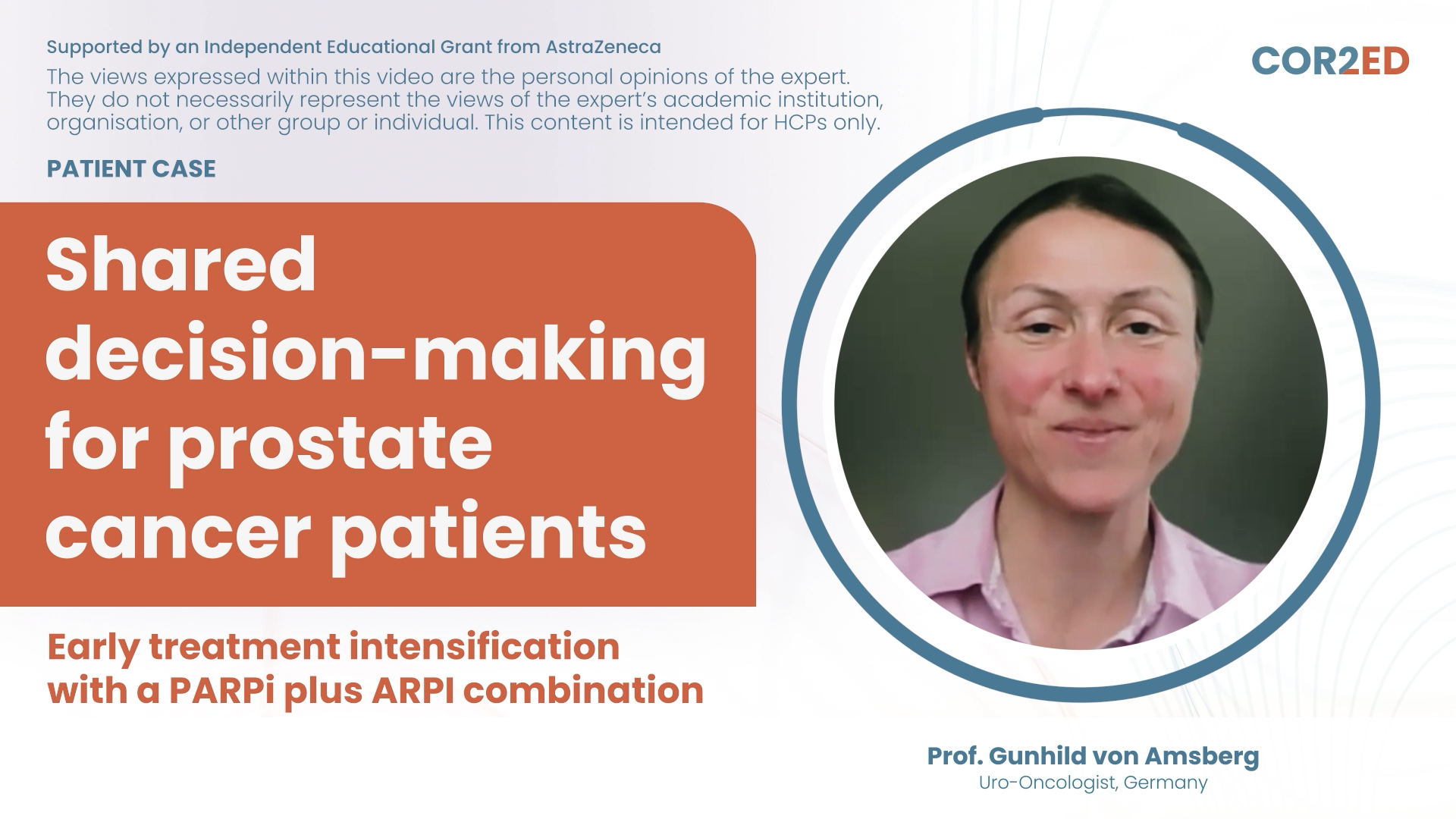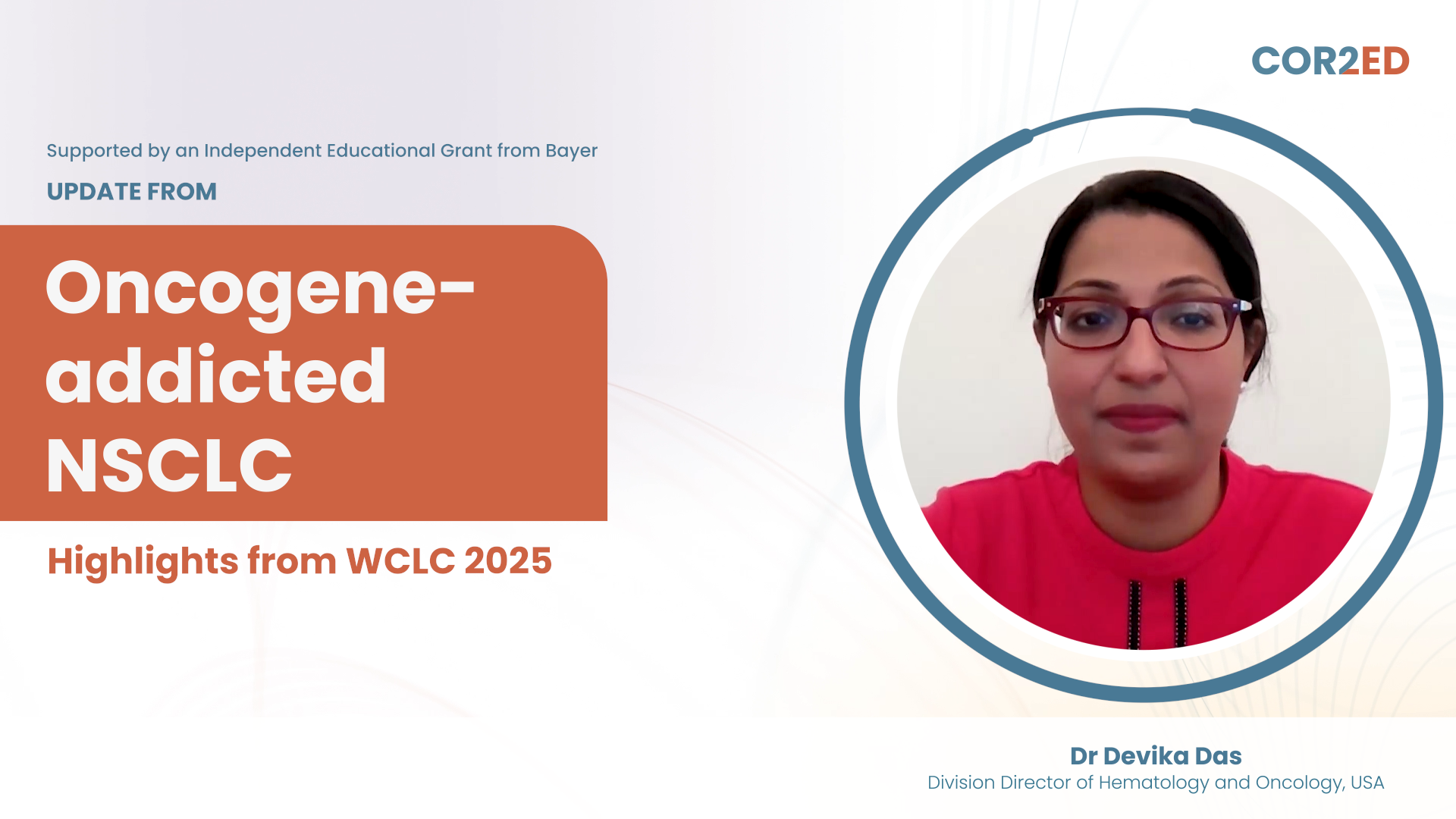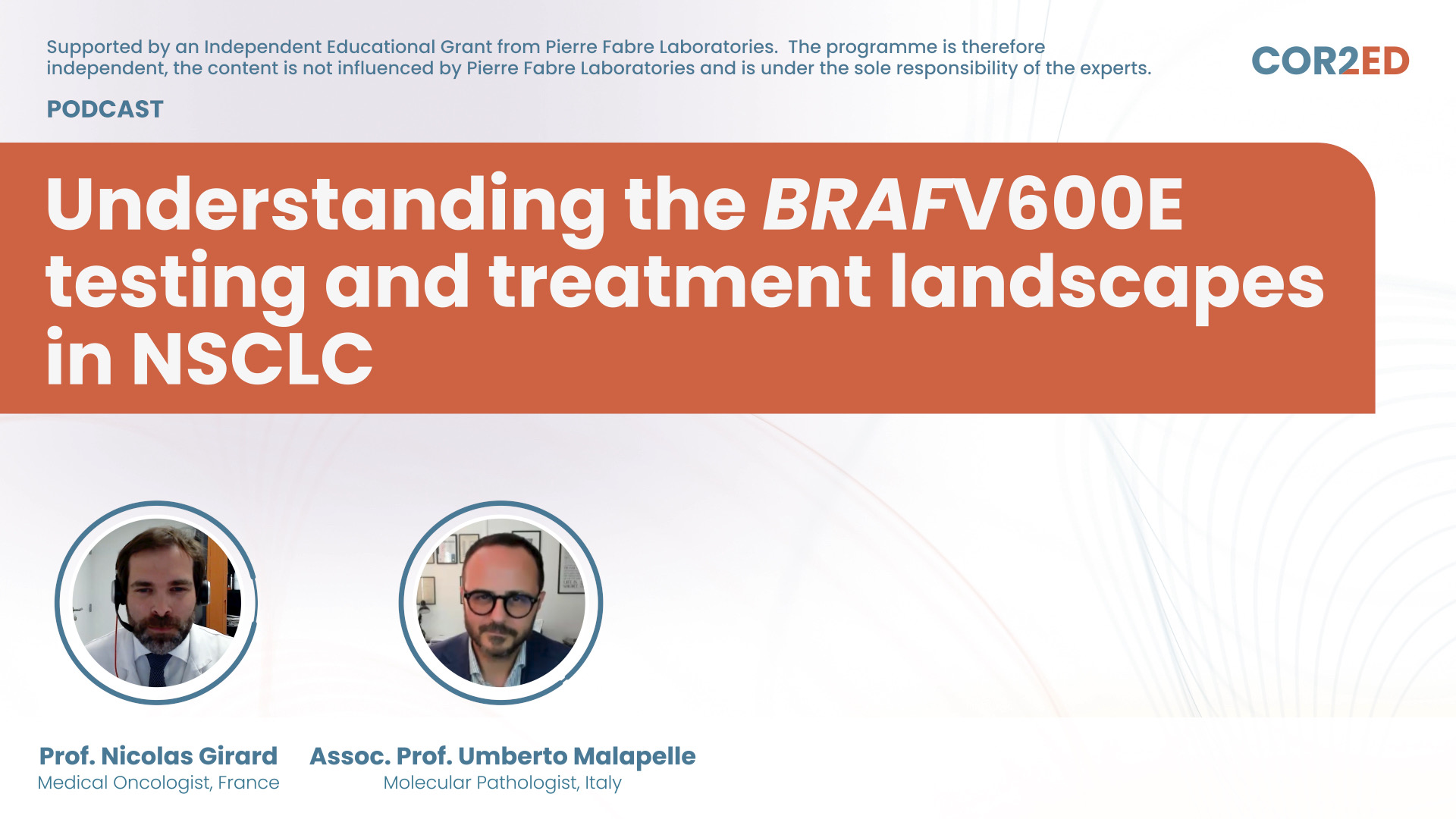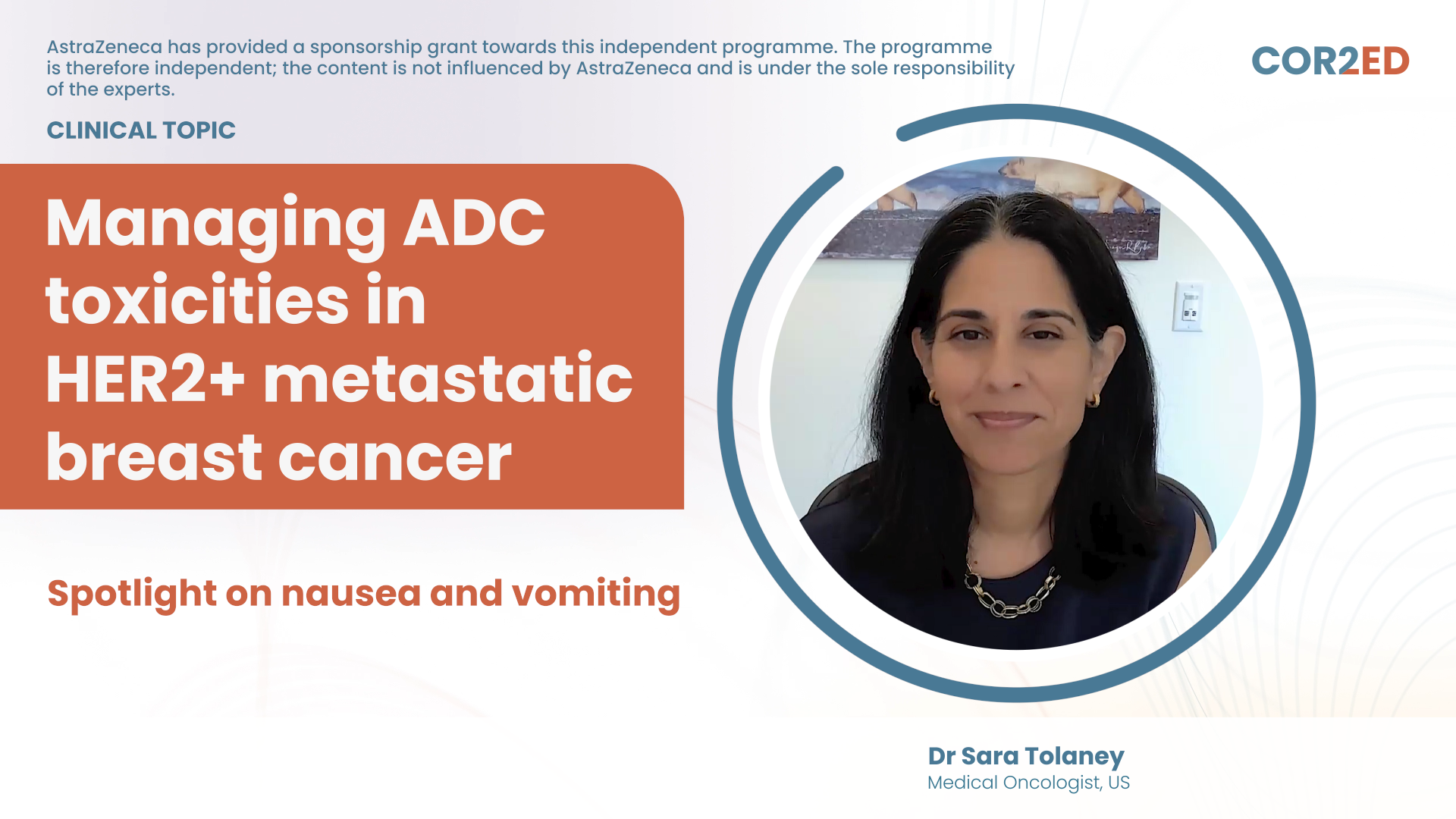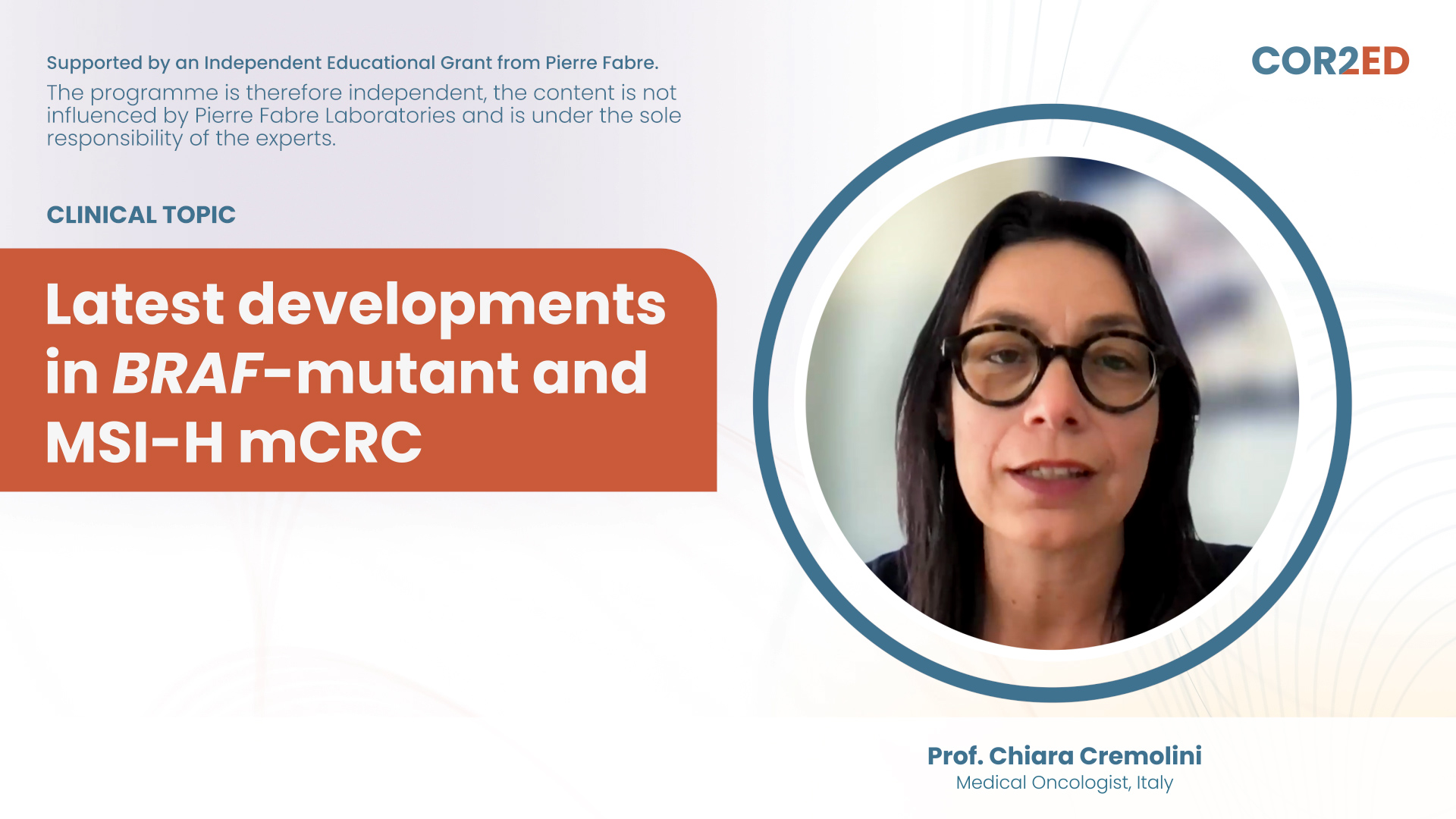Video podcast transcript
The HER2 diagnostic and treatment Landscape in NSCLC
Episode 2: Navigating common treatment scenarios in HER2 mutant NSCLC
Brought to you by;
The Oncology Brothers: Drs Rahul and Rohit Gosain, USA
Dr Eric Singhi, Medical Oncologist, MD Anderson, Houston, USA
Dr Isabel Preeshagul, Medical Oncologist, Memorial Sloan Kettering, New York, USA
Please note:
LUNG CONNECT and PRECISION ONCOLOGY video podcasts are designed to be heard. If you are able, we encourage you to listen to the watch the video or listen to the audio, which includes emotion and emphasis that is not so easily understood from the words on the page. Transcripts are edited for readability. Please check the corresponding audio before quoting in print.
This video podcast is an initiative of COR2ED and developed by LUNG CONNECT, a group of international experts working in the field of thoracic oncology and brought to you alongside PRECISION ONCOLOGY CONNECT, an international group of experts in the field of detection and treatment of targetable genetic/genomic alterations in various cancers.
The podcast is supported by an independent educational grant from Bayer.
The views expressed are the personal opinions of the experts. They do not necessarily represent the views of the experts' institution, or the rest of the LUNG CONNECT or PRECISION ONCOLOGY groups.
For expert disclosures on any conflict of interest please visit the COR2ED website.
This educational programme is intended for healthcare professionals only.
Isabel Preeshagul
We're realising that small molecules may have a role for patients with HER2 alterations, and maybe zongertinib and this BAY (BAY 2927088 or sevabertinib) drug and the NVL-330 may be the new wave of the future.
Eric K. Singhi
Just as much as the efficacy matters, so, does the safety, so does the toxicity profile. And so, one of the things that's exciting, I think, about these small molecule TKIs so far that we've seen, is we have not seen any ILD, we have not seen pneumonitis. So that's exciting to be able to tell patients, right?
Rahul Gosain
Hello, and welcome back to the Oncology Brothers podcast. I'm Rahul Gosain, as always, I'm here with my brother and co-host, Rohit Gosain. Today we're diving into our second episode of two-part CME series on HER2-positive non-small cell lung cancer.
In our first episode we explored testing and identifying HER2 alterations with doctors Devika Das and Fernando López-Ríos. To build on our initial conversation and focus on treatment options in HER2-positive lung cancer, we're joined by two incredible thoracic medical oncologists, Dr Isabel Preeshagul from Memorial Sloan Kettering and Dr Eric Singhi, from MD Anderson Cancer Center. Isabel, Eric, thanks for joining us.
Eric K. Singhi
Thanks for having us.
Isabel Preeshagul
Yes, thank you so much. We're thrilled to be here.
Rohit Gosain
Isabel and Eric, welcome. In our last episode we had a chance to touch on complexities around HER2 alterations. Whether that's mutation, overexpression, or even amplification.
Now to kick things off here, Eric, I'll start off with you. What do we mean by HER2-positive disease in lung cancer? And why is it so important?
Eric K. Singhi
Yeah, I think this is a great question. You know, we're already taking a page out of the book of breast medical oncologists, because we're trying to catch up so quickly with understanding, what is HER2-positive disease specific to lung cancer? Right? And so, we have really anchored in lung cancer for some time talking about HER2 mutations specifically.
And I know you guys cover this very nicely in the last episode. But that's really been our traditional way of defining HER2-positive non-small cell lung cancer. But that's not to say that there aren't other more meaningful tests that need to be done for defining HER2-positive disease. So, ErbB2 (HER2) amplification is just as important, HER2 overexpression is also important. They have clinical implications, but historically, yes, we've been referred to, we've been anchored on this HER2 mutation status.
Rahul Gosain
Eric. Thanks for setting that stage. With our focus on HER2 disease, Isabel, can you touch on our available options today in this space? And what data do we have to support that?
Isabel Preeshagul
Yeah. So, I think I just want to piggyback on what Eric said, that the first thing is being able to appropriately interpret these ongoing, ever complex, next-generation sequencing panels from the alphabet soup of different labs that are doing this, right? So, the first thing you want to do is make sure, are you dealing with an EGFR alteration, or are you dealing with a HER2 alteration? Because there's EGFR exon 20 insertions, and then there's also HER2 exon 20 alterations. So, that's the first thing. So often you would see if there's ErbB2 mentioned, as Eric had said, that's kind of a clue that we're going down the HER2 pathway, and we're not talking about the EGFR pathway. So, first thing is to know what you're dealing with.
Second thing is that these, HER2 alterations, or HER2 mutations, are typically seen only in about 2 to 4% of the population. But something that makes it a little bit more unique, is that we often see CNS metastases at diagnosis, or very quick to have, you know, escape metastatic disease to the sanctuary site there. It's very common, and we think we also see this in patients with HER2 alterations in breast cancer as well.
So, I think that's something to be mindful of, and to make sure that you are, you know, you are getting all of the appropriate staging scans before you commit your patient to a treatment.
And Eric had also mentioned HER2 amplification and HER2 overexpression, and as of late we have approval of trastuzumab deruxtecan for patients that have these exact indications, overexpression or amplification of the HER2 gene. And this is detected on immunohistochemistry testing, right, which is very different than next-generation sequencing, DNA or RNA-based testing.
So, it's really important that if for some reason you don't have any alterations on your next generation sequencing testing, that you advocate for yourself, and you ask your medical oncology doctor that's caring for you, “Hey? Have you sent my tissue for immunohistochemistry testing to see if I have HER2 overexpression or amplification, because I think that could open up more options for me?”
Rohit Gosain
Thanks so much for talking about that particular NGS sequencing with regards to where we stand, Isabel. It is extremely important first of all, to test these patients and then interpret it appropriately.
Rahul as community medical oncologist, we've seen bucket approvals like T-DXd, and we've utilised this in colon cancer, not just in breast cancer, and even lung cancer, and not just particularly for ADCs. We have seen tucatinib-like TKIs in breast
cancer, but also in colorectal and cholangiocarcinoma. This is important, as we are seeing quite a bit of TKIs being also tested in lung cancer space.
Okay, before we dive into what's on the horIsabelon. Eric, do patients with HER2-positive disease have equally good response to frontline chemoimmunotherapy, or rather we see less responsiveness here?
Eric K. Singhi
Yeah, that's a really good question. So, what are we doing in the first line landscape for patients with newly diagnosed HER2-positive non-small cell lung cancer? Right now, what we have approved is platinum-based chemotherapy. And so that's really the staple for what we're offering patients. That's really what we're pulling and reaching for in our clinic. If we can't offer them a clinical trial, right, we have to take a moment to say, if there's a clinical trial available at your centre, at a nearby centre, please explore those options, it should not always be a last resort. So, that's really important to mention.
Now, the addition of immunotherapy is interesting. It's feasible and retrospective data kind of varies in terms of what we see, with what that additional benefit is of adding immune checkpoint blockade to platinum-based therapy.
The caution I have with giving that is, you know, if we need to reach or quickly sequence in, and we'll talk more about some of the side effects with T-DXd of course, there's a higher risk or potential of pneumonitis, higher risk of toxicity, right? And so, we always want to think about what's most efficacious. And what's also balancing safety? Because for many of our patients our hope is a marathon in terms of the cancer care journey, right? So, we want to be able to very smartly sequence our therapies that we have available.
Rahul Gosain
And again, this is different than what we tend to do for other disease sites. In gastric cancer we are actually able to combine immunotherapy with trastuzumab, not trastuzumab deruxtecan, but trastuzumab upfront. But then we continue with that anti-HER2 therapy, which is what we also do with breast cancer. That's the reason why these clinical trials are so important. Can these treatment options in first-line be equally good? Or, if anything, better?
Isabel, you also touched on this idea of overamplification or overexpression, amplification. We have trastuzumab deruxtecan, that's approved based off DESTINY-Lung02. Does the response rate change based on your ErbB2 mutation versus your IHC testing here?
Isabel Preeshagul
So, we have not done any cross-trial comparisons to kind of determine I guess, who's going to have a better response rate, whether you have a HER2 mutation, HER2 amplification or overexpression. But I think, retrospectively, looking back at the data, you tend to get a little bit more mileage if you have a HER2 mutation. But that's just me doing cross trial comparisons that were really frowned upon. But that doesn't mean that it's not worth a shot. And that you can't enjoy a response and gain some longevity with exposure to T-DXd if you have HER2 amplification or overexpression.
Rohit Gosain
Outside of clinical trials, have you utilised T-DXd in upfront settings at all, especially given the responsiveness one sees with this?
Isabel Preeshagul
I haven't. We have a frontline trial, so I've been very fortunate to be able to do that. But I have not off-label on that, no.
Eric K. Singhi
Yeah, I agree with Isabel there. It's tough, you know. I think we're always wanting to move our smarter, more precise versions of medicine into the frontline setting, right? That's what many of our clinical trials are trying to do. The DESTINY-Lung04 study I think, is what Isabel is probably referring to, the phase 3 study where we're bringing T-DXd into the first-line setting. We're comparing it to chemotherapy. Hopefully, with time we'll be able to see what that benefit is. But as of now, I am reserving more targeted therapy for the second-line setting, and beyond.
Rahul Gosain
And again, in this space there's a lot that's happening. Rohit, you alluded to TKIs, be it for breast cancer or what we use for colon cancer. We've seen TKIs being used in lung cancer as part of clinical trials as well.
Isabel, can you touch a little on these emerging therapies in this space? Some potential upcoming options and the data around this?
Isabel Preeshagul
Sure. So, I think just before I dive into that. It's important to just remember that I had said that CNS metastases are often seen in about 30% of patients that harbour HER2 alterations. So, when we're giving chemo and immunotherapy, or we're giving antibody drug conjugates like trastuzumab deruxtecan. These are kind of big, clunky, clumsy things that these molecules can't get into the blood brain barrier to penetrate
these brain metastases. So, unlike osimertinib which we use for our patients that have EGFR alterations, smaller molecules, tyrosine kinase inhibitors that can penetrate through the blood brain barrier.
The HER2 alteration, you know, approved agents that we have right now cannot. So, that's why the addition of these two agents that are sort of getting highlighted now in this space, which I'm so excited to talk about, zongertinib based off the Beamion study, and then the BAY292 (BAY 2927088 or sevabertinib) based off the SOHO-01 study, are sort of smaller oral agents, small molecules that have good CNS penetration based off of the data. And there's also another drug that I do want to talk about, it's the NVL-330 from Nuvalent, a compound, small molecule compound also having outstanding CNS penetration preclinical.
So, I think, just as an overarching theme, we are realising that we're really needing to be able to penetrate through the blood brain barrier, and piggybacking off of the EGFR space, we're realising that small molecules may have a role for patients with HER2 alterations, and maybe zongertinib and this BAY (BAY 2927088 or sevabertinib) drug and the NVL-330 may be the new wave of the future. And so, the Beamion study was looking at this in the second-line setting. But there is now a Beamion-LUNG02 study that's looking at moving this small molecule tyrosine kinase inhibitor pill to the frontline setting. So, how are we eventually going to sequence zongertinib and the BAY (BAY 2927088 or sevabertinib) drug and the NVL-330 drug. I don't think we know. I think we need to kind of see how these studies shake out. But the fact that we're just moving from big, clunky molecules to small, more refined molecules that can penetrate the blood brain barrier are what really excite me about this space and excite me for our patients.
Rohit Gosain
Well exciting options available. But again, as of now FDA approval only is for T-DXd in secondline, but exciting stuff ahead. We'll see how this all pans out.
Eric, with regards to T-DXd, as you were talking about pneumonitis, especially when we are treating patients with lung cancer, this side effect takes definitely a precedence, especially when there's mortality associated with it. Other important side effects are fatigue, nausea, alopecia, and importantly, one has to keep quality of life in mind, especially when we are treating these patients with palliative intent. But these TKIs in general have a different side effect profile, and it's certainly not a class effect.
Eric, can you touch on some of the side effects we've seen with SOHO-01 trial, or with other TKIs in general?
Eric K. Singhi
Yeah. So you know, that's one of the things we’ve got to look at right, just as much as the efficacy matters, so, does the safety, so does the toxicity profile. And so, one of the things that's exciting, I think, about these small molecule TKIs so far that we've seen, is we have not seen any ILD, we have not seen pneumonitis. So that's exciting to be able to tell patients, right? Because we get really nervous about that side effect with T-DXd. On the contrary, we are seeing increased rates of diarrhoea and rash, particularly with the BAY88 (BAY 2927088 or sevabertinib) drug. The diarrhoea was actually quite high. Almost a quarter of patients had Grade 3 and above diarrhoea. So, that's pretty serious.
So, we really have to make sure that we're managing the toxicity profile with these drugs, making sure supportive care is just as important as the delivery. But like Isabel, I echo the excitement. I'm very excited about these drugs. There's been a lot of what I call FOMO in the HER2 space, right? Where we're waiting, and we're waiting for NGS results to come. We have this gut feeling, and the patient sitting in front of us may harbour an actual genomic alteration, and that could potentially allow them to continue to live their lives quite seamlessly, have a great quality of life, have an oral drug, and then we get the HER2 result back. And right now, we don't have an oral drug, right? And so, it's frustrating. And so, it's nice to be able to say, we're on the way there. Response rates of almost 70 plus percent, with great intracranial efficacy, or improved intracranial efficacy than what we have now. So I'm excited.
Rahul Gosain
And again, Rohit, we've used some of these TKIs, not exactly the ones that are being studied, but TKIs in general in the community. So, I think there's going to be this sense of comfort around that. Isabel, can I push you a little more about the CNS story from T-DXd, a large ADC? We have seen some good CNS activity when it comes to other disease sites. What are we seeing with these new drug TKIs here?
Isabel Preeshagul
I mean, I think, in somebody that has unfortunately Stage 4 disease with CNS metastases, if I could offer them zongertinib or BAY (BAY 2927088 or sevabertinib), one of the frontline studies, like if we could get them on LUNG-02, right, Beamion-LUNG02 is a study that's looking at zongertinib in the frontline setting. We know about the CNS efficacy there in preclinical data, or looking at BAY (BAY 2927088 or sevabertinib), or even the Nuvalent drug. These are the smaller molecule, tyrosine kinase inhibitors. If we could put this patient on a frontline study with a small molecule inhibitor, that could do one of 3 things, or hopefully all, right? One, prevent CNS metastases or treat the CNS metastases. You're kicking radiation down the curb if you need it, right? You're also, you know, like, what if they have symptoms from that? You're preventing them from developing more symptoms. SeIsabelures, oedema, you know, God forbid, you know, permanent neurologic damage. So, I think you're really being able to change quality of life. And, and maybe even quantity, but I don't think we have those numbers yet.
Rahul Gosain
And the other thing ends up being the time toxicity. This is an oral agent that patients can take at home. Eric, your thoughts? Again, we're stuck with cross trial comparisons here.
Eric K. Singhi
Yeah, the trouble with that question. I mean, it really depends on a few things. I think the CNS efficacy is going to be huge, right? To try and compare and figure out which drug is going to be best for the patient sitting in front of me. That's something I'm constantly looking at with all the drugs that are coming out. It's a race now, almost, if you will, of trying to move these small molecule TKIs in the first-line setting, trying to push T-DXd into the frontline setting.
What's going to happen? Right? And of course, we still have our platinum therapy. I think the CNS efficacy matters. I think the toxicity profile matters a lot as well too. Thankfully, our small molecule TKIs are getting so much better than what we had before. We had poziotinib, for example, that was making its way hopefully into development down the pipeline. But the toxicity was just too much, the skin rash, the diarrhoea, the paronychia, right as we need to continue to get more selective with the therapies that we're developing. Hopefully, we can get less of this toxicity. So, the delivery is going to be just as important. But I wish I had a clear answer for you guys. I just don't know yet. I think we just need more data.
Rohit Gosain
And I think that's the problem everywhere in the field, especially how the field continues to change so fast, whether that's zongertinib, BAY (BAY 2927088 or sevabertinib) drug or Nuvalent and even T-DXd. Frontline, sequencing, one will have to discuss the entire data with the patients, and importantly the side effect profile. And again, at the end of the day it will be the patient shared decision-making process.
Isabel and Eric, thank you so much for sharing your thoughts on this rapidly evolving and complex space of HER2-positive disease in non-small cell lung cancers. For our listeners, let us go over a quick recap from today's discussion.
Rahul Gosain
In today's discussion in our ongoing series of HER2-positive lung cancer with Dr Isabel Preeshagul and Dr Eric Singhi, we had a chance to focus on treatment options and emerging data in this particular type of non-small cell lung cancer disease.
Our current available options include trastuzumab deruxtecan based off DESTINY-Lung02. But we eagerly await more treatment options for our patients in this space.
Rohit Gosain
Rahul with more treatment options, particularly with different mechanisms of action, sequencing and managing side effects is going to be very critical. But learning from breast cancer and gastric cancer, exposing to multiple anti-HER2 therapies can help our patients live longer. Make sure to check out our first episode in this series where we had a chance to focus more on testing and characteristics of HER2-positive lung cancer. Thanks for joining us. We are the Oncology Brothers.


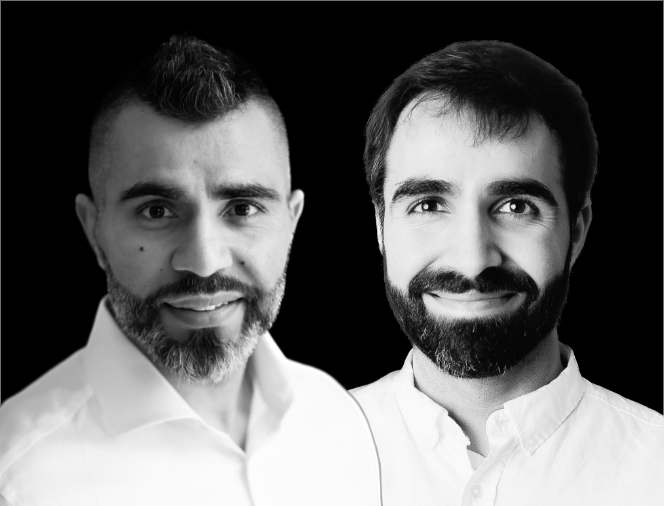


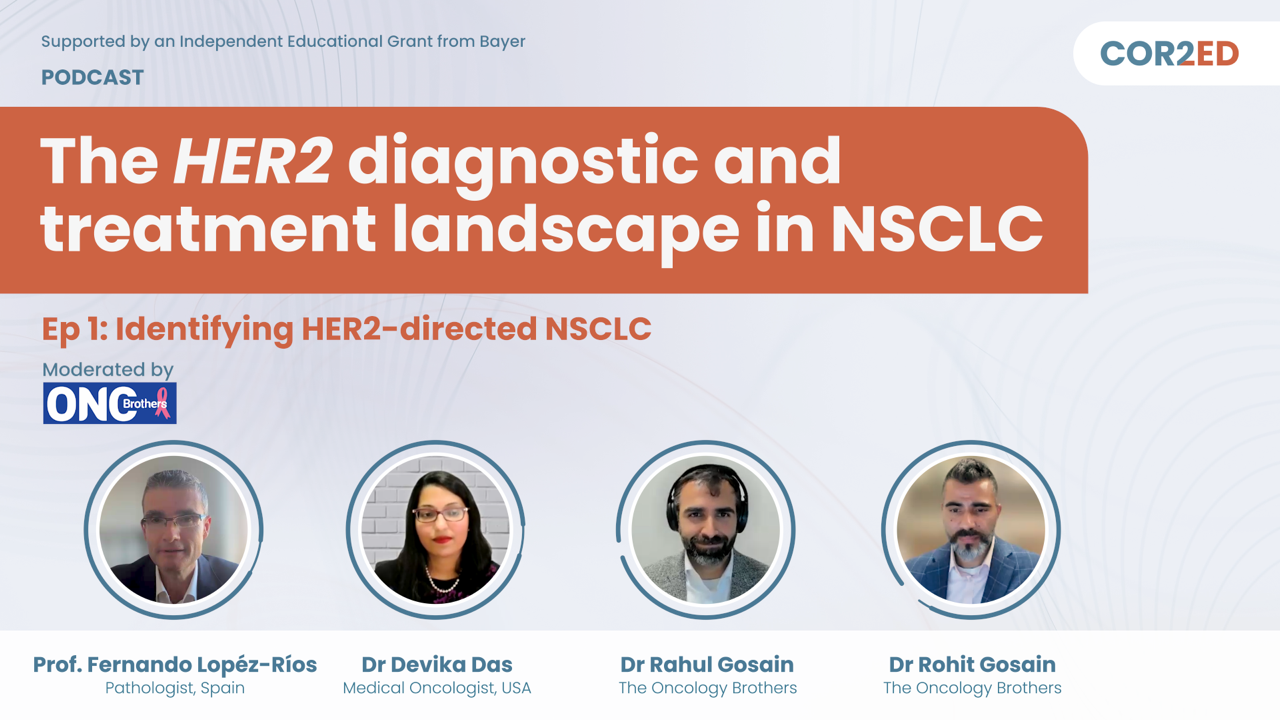
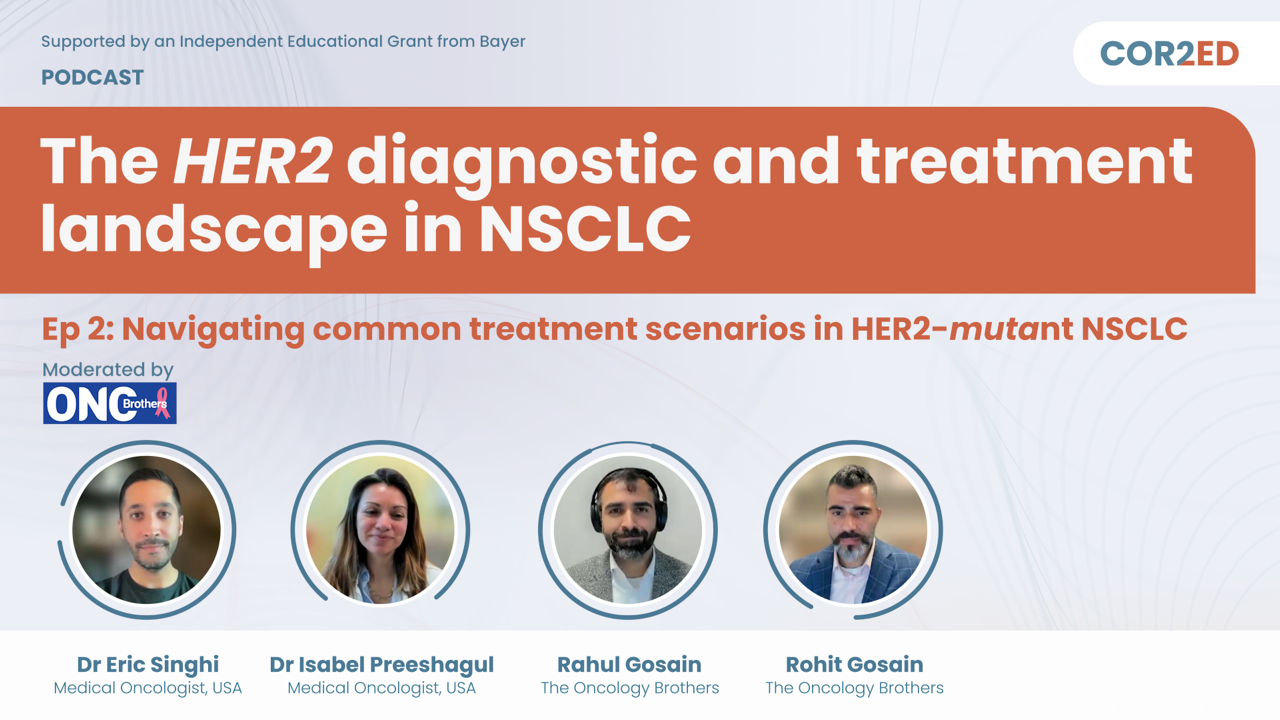

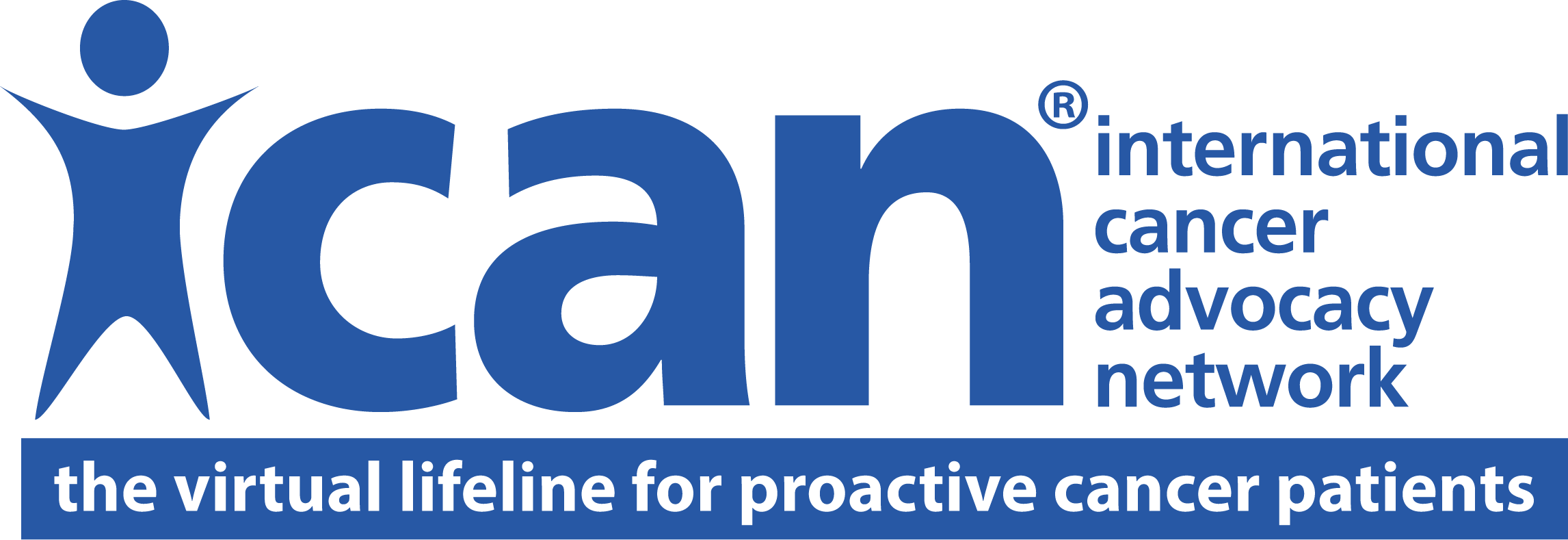
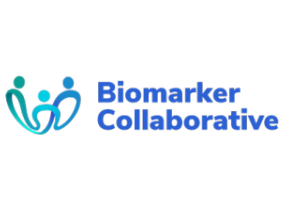

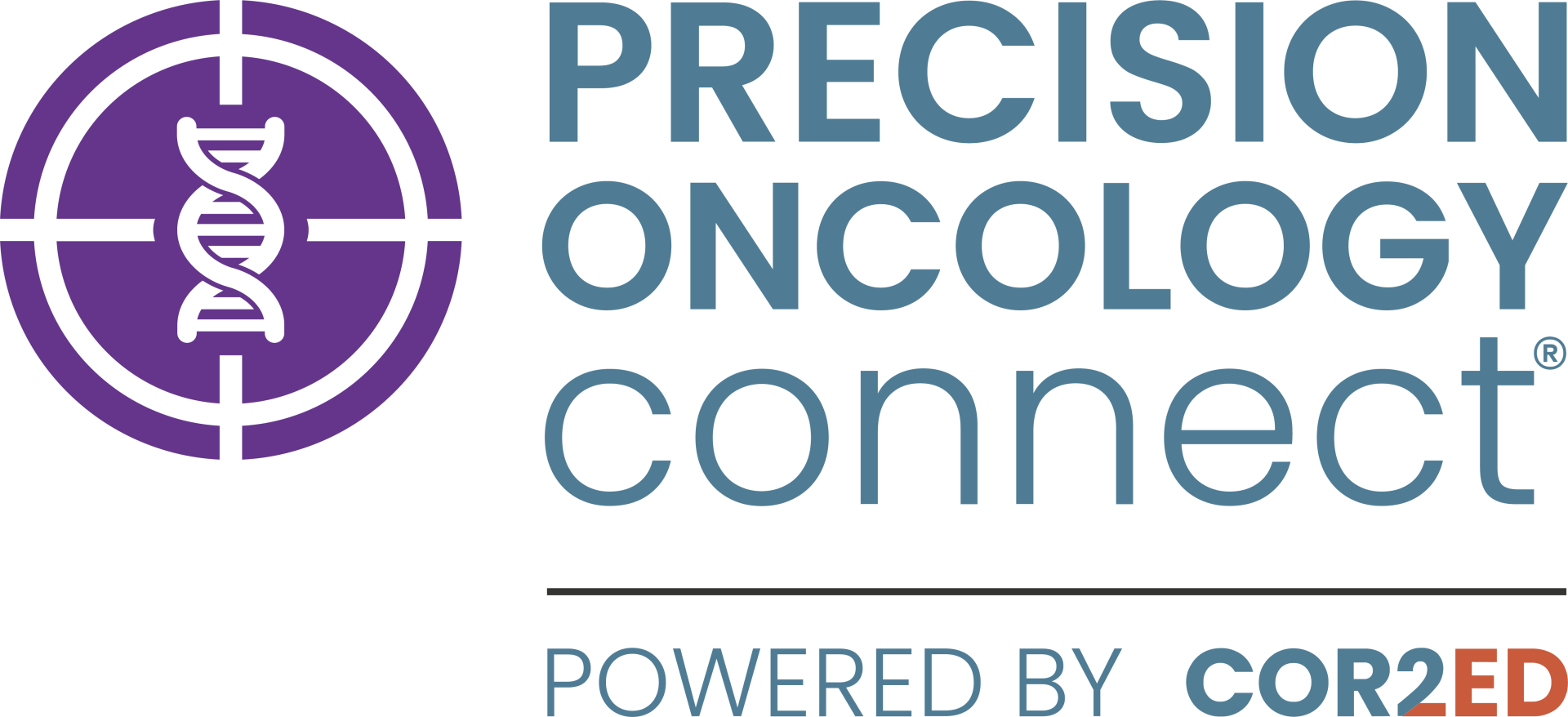
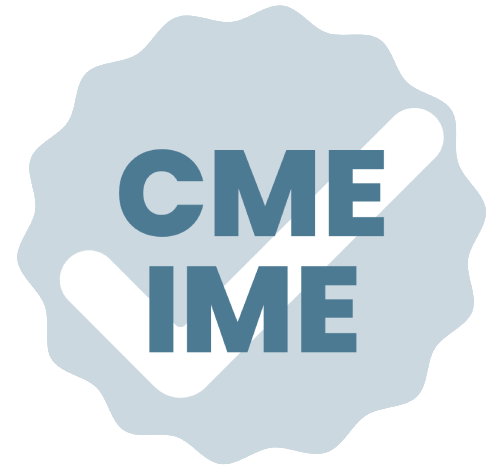


 Downloadable
Downloadable  21 MIN
21 MIN
 Oct 2025
Oct 2025 
